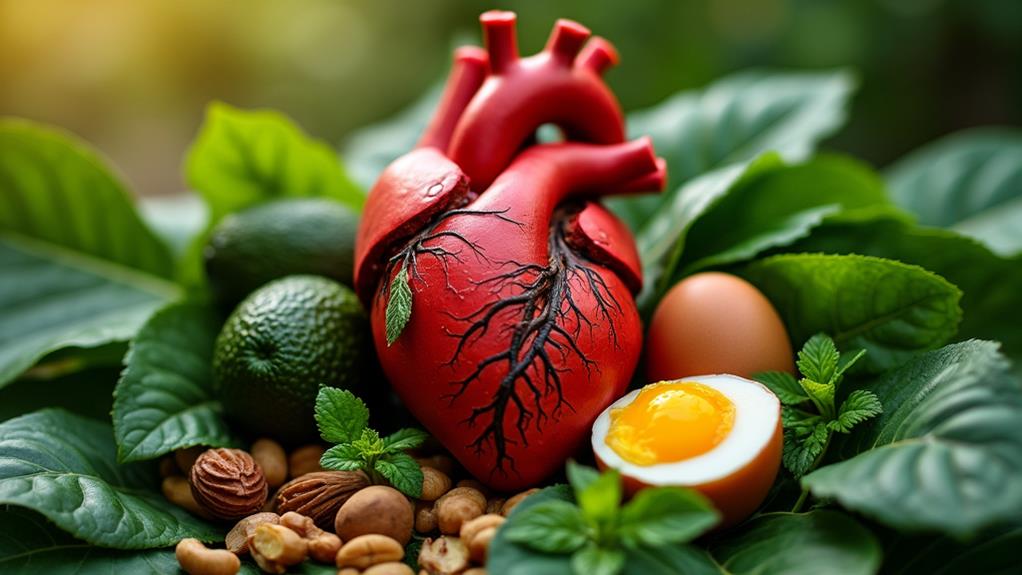



Yes, Vitamin E can help improve the appearance of scars by promoting skin regeneration, reducing inflammation, and keeping the scar tissue hydrated. Its antioxidant properties protect cells from damage and aid in collagen production. However, effectiveness varies, and individual results may differ. Consistent application, gentle massage, and consulting a dermatologist for personalized guidance are key. Be mindful of potential side effects like skin irritation and conduct a patch test before extensive use. Remember, Vitamin E is just one option among various scar treatments.
Key Takeaways
- Vitamin E aids in skin regeneration and collagen production, improving the appearance of scars.
- Its antioxidant properties protect cells from damage and reduce scar visibility.
- Proper application on scarred areas helps keep them hydrated and less flaky.
- Consult with a dermatologist for personalized guidance on using Vitamin E for scars.
- Results vary among individuals, so managing expectations and consistency are crucial.
The Science Behind Vitamin E for Scars
When considering the efficacy of Vitamin E for scars, it is essential to understand the scientific mechanisms behind its potential benefits. Clinical studies have shown that Vitamin E possesses antioxidant properties that can aid in skin regeneration, making it a popular choice for scar treatment. The antioxidant nature of Vitamin E helps to protect cells from damage caused by free radicals, which can inhibit the healing process of scars.
In various clinical studies, it has been observed that the application of Vitamin E to scars can potentially improve their appearance by promoting collagen production and moisturizing the skin. Collagen is an important protein that helps in maintaining the skin's structure and elasticity, essential for scar healing and reduction in visibility. Additionally, Vitamin E's moisturizing properties can help in keeping the scar tissue hydrated, leading to a softer and smoother texture over time.
Understanding these scientific mechanisms can provide insights into why Vitamin E is considered beneficial for scars and how it can contribute to the overall process of scar healing and improvement.
Benefits of Using Vitamin E
Utilizing Vitamin E in scar treatment presents a range of advantages that can enhance the healing process and improve the overall appearance of scars. Vitamin E is known for its skin repair properties, aiding in the regeneration of damaged skin cells. It acts as an antioxidant, protecting the skin from free radicals that can hinder the healing of scars. Additionally, Vitamin E has been shown to help reduce the visibility of scars by promoting collagen production, which is essential for skin elasticity and strength. This can lead to scar reduction and a smoother skin texture over time.
Research suggests that Vitamin E can also help with inflammation and redness, common issues in scar healing. By soothing the skin and reducing irritation, Vitamin E contributes to a more comfortable healing process. Moreover, Vitamin E's moisturizing properties can prevent scars from becoming dry and flaky, promoting better overall healing. In sum, incorporating Vitamin E into your scar treatment regimen can offer multiple benefits, including skin repair and scar reduction.
How Vitamin E Works on Scars
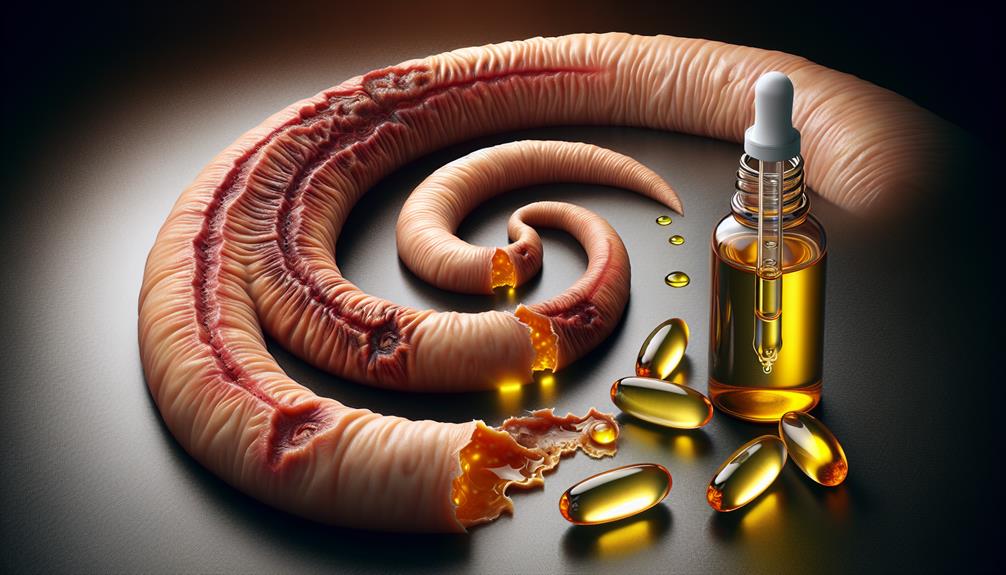
To understand how Vitamin E works on scars, it is important to grasp its mechanisms of action in promoting skin healing and scar reduction. Vitamin E is a powerful antioxidant that helps in the repair and regeneration of skin cells. When applied to scars, Vitamin E penetrates the skin and accelerates the healing process by promoting collagen production, which is essential for scar healing.
One key aspect of Vitamin E is its ability to moisturize the skin, which helps in reducing the appearance of scars. By keeping the skin hydrated, Vitamin E supports skin regeneration and aids in minimizing scar visibility. Additionally, Vitamin E helps to protect the skin from free radicals and oxidative stress, which can impede the healing of scars.
Vitamin E Vs. Other Scar Treatments
Comparing Vitamin E with other scar treatments reveals varying effectiveness and outcomes in promoting scar reduction and skin healing. While Vitamin E is often praised for its potential benefits, it is crucial to assess its efficacy when compared to other scar treatments. Natural remedies like aloe vera, honey, and coconut oil have demonstrated promising results in reducing the appearance of scars. Clinical studies have suggested that these natural remedies can aid in enhancing skin texture and reducing scar pigmentation.
On the other hand, medical interventions such as silicone sheets, corticosteroid injections, and laser therapy have been widely utilized to address scars with documented success. Silicone sheets, for instance, have been proven to soften and flatten raised scars effectively. Corticosteroid injections are frequently employed for keloid and hypertrophic scars, decreasing inflammation and minimizing scar growth. Laser therapy can pinpoint specific areas of scarring, encouraging collagen production and enhancing overall skin texture.
When contemplating scar treatment options, it is vital to evaluate the severity of the scar, personal skin sensitivities, and potential side effects of each treatment method. Seeking guidance from a healthcare professional can assist in determining the most appropriate approach for individual scar types.
Best Practices for Using Vitamin E
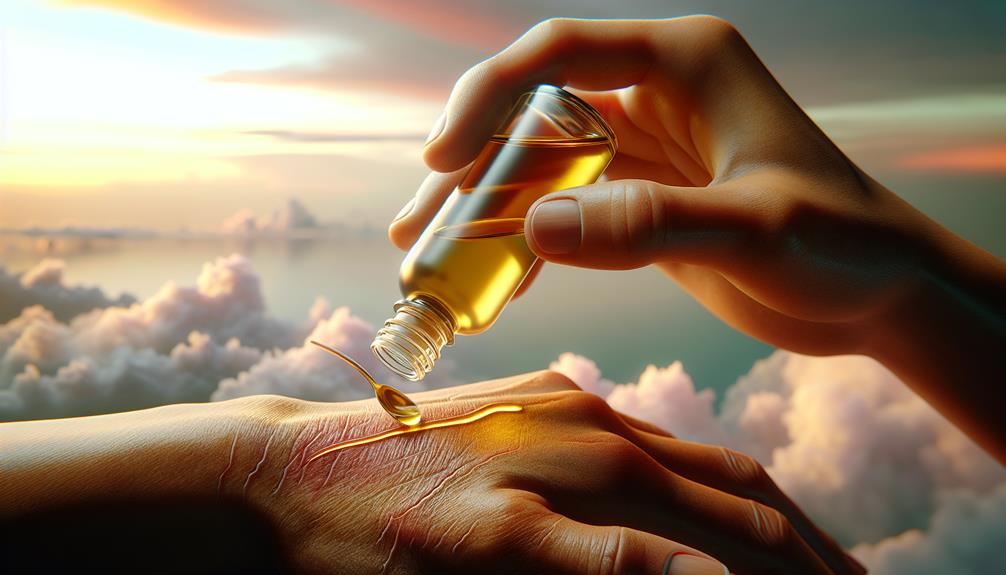
When integrating Vitamin E into your scar treatment regimen, make sure to apply it consistently as part of your daily skincare routine. Application techniques are essential for the effectiveness of Vitamin E on scars. Gently massaging the oil or cream onto the scarred area using circular motions can help improve circulation and absorption. For best results, apply Vitamin E to clean, dry skin to enhance its penetration.
Combination therapy, which involves using Vitamin E alongside other scar treatments, may also be beneficial. Consulting with a dermatologist can help you determine the best combination of treatments for your specific scar type. Some studies suggest that combining Vitamin E with silicone gel sheets or laser therapy can lead to improved scar appearance.
Potential Side Effects of Vitamin E
Potential side effects of Vitamin E include skin irritation, allergic reactions, and in some cases, worsened scarring. While Vitamin E is generally considered important when used topically for scars, there are potential risks associated with its application. Skin irritation is one of the most commonly reported adverse reactions to Vitamin E. This may manifest as redness, itching, or a burning sensation at the application site. Allergic reactions to Vitamin E products can also occur, leading to hives, swelling, or even difficulty breathing in severe cases.
In some instances, Vitamin E has been reported to worsen scarring rather than improve it. This paradoxical effect is rare but highlights the significance of conducting a patch test before widespread application. It is essential to be aware of these potential side effects and discontinue use if any adverse reactions occur. If you experience persistent irritation or worsening of your scars, consult a healthcare professional for guidance on alternative treatments.
Choosing the Right Vitamin E Product
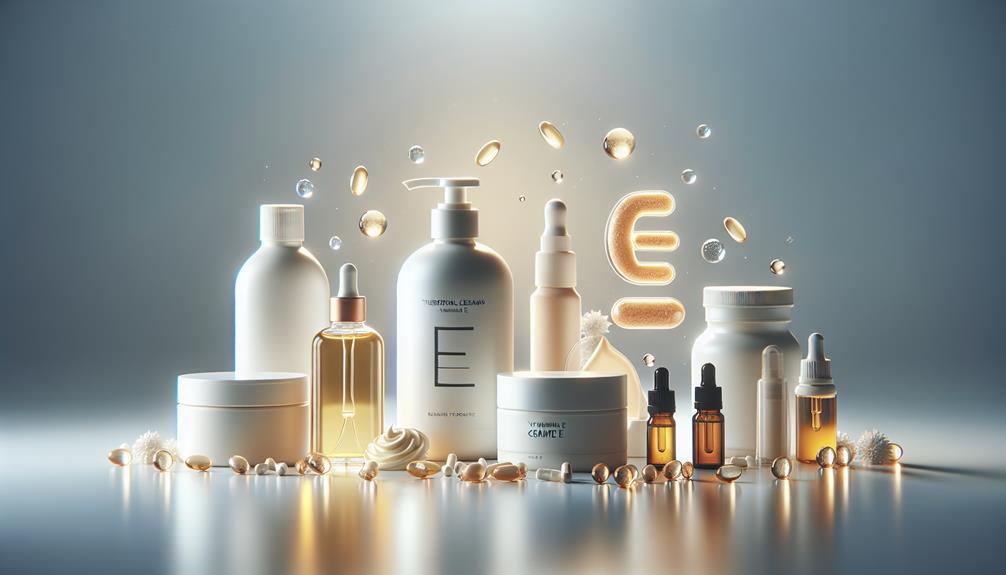
To guarantee ideal outcomes in scar management, it is essential to choose a Vitamin E product that fits your skin type and scar condition. When selecting a Vitamin E product, consider your skin type – whether it's oily, dry, sensitive, or normal – to confirm compatibility. Product comparison is key; opt for reputable brands known for their quality. Different products may vary in their formulation, such as creams, oils, or capsules, so choose one that aligns with your preferences and needs.
Application techniques play a crucial role in maximizing Vitamin E benefits for scars. Make sure you follow the recommended dosage levels provided on the product packaging or by a healthcare professional. Applying Vitamin E topically to the scarred area as directed can help promote skin healing. Consulting with a dermatologist can also provide personalized guidance on the most effective Vitamin E product and application method for your specific scar type.
Real Peoples Experiences With Vitamin E
Real-life accounts of individuals using Vitamin E for scar treatment reveal a variety of experiences and outcomes. Personal testimonies and user feedback offer valuable insights into the effectiveness of Vitamin E in improving the appearance of scars. Some users report significant improvements in the texture and color of their scars after consistent application of Vitamin E oil or creams. They mention that their scars appeared less raised, faded, and became smoother over time. However, it is important to note that not all experiences are positive. Some users did not observe any significant changes in their scars despite using Vitamin E diligently.
User feedback also highlights the significance of individual variations in response to Vitamin E treatment. While some individuals may benefit from its effects, others may not experience the same level of improvement. It is essential to manage expectations and understand that results may vary from person to person. Consulting with a healthcare provider or dermatologist can provide personalized recommendations based on specific skin types and scar characteristics.
Vitamin E Myths Debunked
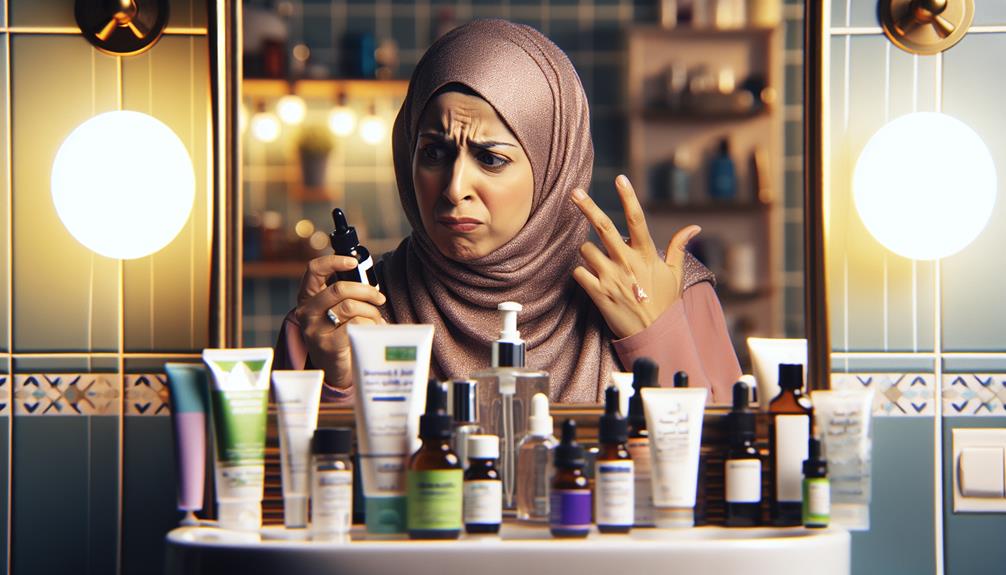
Dispelling common misconceptions, let's debunk some myths surrounding the use of Vitamin E for scar treatment. One prevalent myth is that Vitamin E alone can miraculously erase scars. While Vitamin E is beneficial for skin healing, studies have shown mixed results regarding its effectiveness in reducing the appearance of scars. Another myth is that applying Vitamin E directly to a wound promotes better healing. In reality, for some individuals, this can lead to contact dermatitis, delaying the healing process. Additionally, using Vitamin E oil on fresh wounds may not be advisable as it can trap in moisture and bacteria, potentially causing more harm than good. Contrary to popular belief, Vitamin E is not a quick fix for all types of scars. Each scar is unique, and while Vitamin E may help with some, it might not have the same effect on others. Hence, consult with a healthcare professional for personalized scar treatment recommendations tailored to your specific needs.
Expert Recommendations for Scar Care
When it comes to caring for scars, following expert recommendations is essential for best healing and minimizing their appearance. Two key strategies recommended by experts are scar massage and the use of silicone sheets. Scar massage involves gently massaging the scar tissue to break down collagen fibers that can make the scar appear raised and firm. This technique can help improve the flexibility and appearance of the scar over time. Silicone sheets, on the other hand, are thin, flexible sheets that are placed over the scar to hydrate the skin and create a protective barrier. Studies have shown that silicone sheets can help flatten and soften scars, making them less noticeable.
Experts suggest starting scar massage once the wound has fully closed and using silicone sheets consistently for several hours each day. It's important to follow the guidance of healthcare professionals when incorporating these techniques into your scar care routine to achieve the best results.




